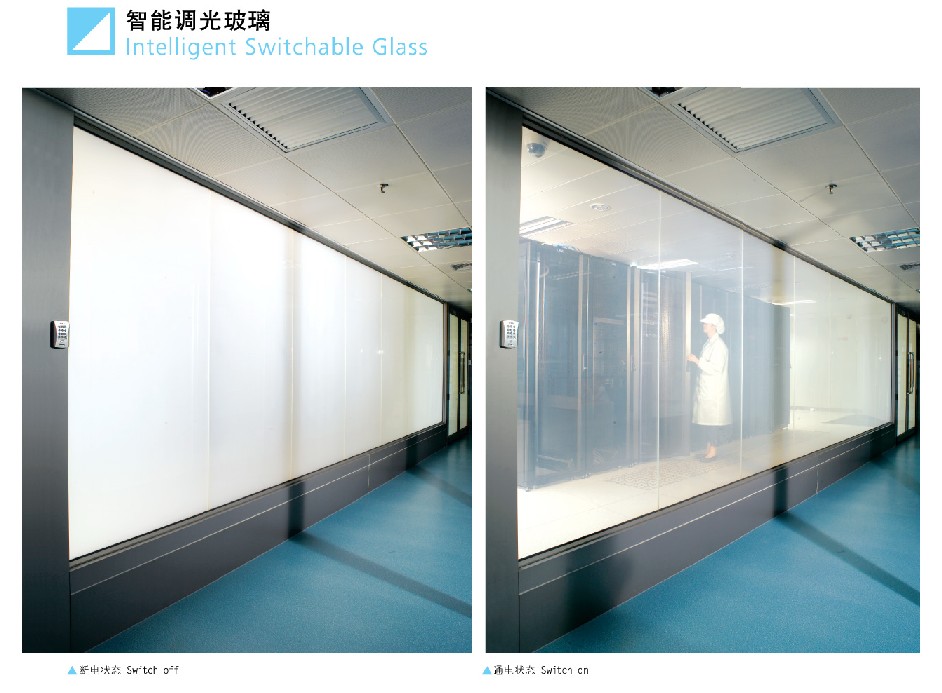
In today’s rapidly advancing world, where innovation seems to be synonymous with progress, switchable film technology emerges as a game-changer in the realm of modern construction and design. A revolutionary material that defies traditional boundaries, switchable film offers a versatile solution that can transform spaces with the flick of a switch. From enhancing privacy and security to creating dynamic visual displays, the applications of switchable film are as diverse as they are awe-inspiring. With its ability to seamlessly transition between transparency and opacity, switchable film opens the door to a new era of interactive environments, where functionality meets aesthetic appeal in perfect harmony.
How Switchable Film Technology Works
Get A Switchable Film Quote
Switchable Film is a cutting-edge technology that enables transparency control within glass or plastic surfaces. This innovative film consists of microscopic particles suspended in a liquid crystal solution. When an electric current is applied, these particles align to either allow light to pass through or scatter it, depending on the desired level of opacity.
One of the key components of Switchable Film is the use of a transparent conductive layer, typically made of materials like indium tin oxide. This layer helps to evenly distribute the electric current across the entire surface, facilitating the rapid realignment of the liquid crystal particles. As a result, users can switch between transparent and opaque states with just the flick of a switch, creating a dynamic visual experience.
The versatility of Switchable Film technology extends to various applications, including smart windows, privacy partitions, and interactive displays. By integrating this film into architectural designs or consumer electronics, users can enjoy customizable light control, energy efficiency, and enhanced privacy without compromising on aesthetics.
Applications of Switchable Film
Switchable Film technology boasts a wide range of applications in various industries. One common use is in architecture and construction, where it is utilized in smart windows that can switch between transparent and opaque states. This feature helps regulate natural light, enhance privacy, and improve energy efficiency in buildings.
Another prominent application of Switchable Film is in automotive sectors, particularly in smart rearview mirrors. The film allows drivers to switch between a traditional reflected view and a camera view for improved visibility and safety. This technology is also integrated into sunroofs and car windows for control over light transmission and privacy.
In the healthcare industry, Switchable Film finds applications in privacy curtains for hospital rooms and medical facilities. The film’s ability to switch between opaque and transparent states provides patients with privacy when needed and allows medical staff to monitor and care for patients effectively.
Benefits of Switchable Film
Switchable Film technology offers a wide range of benefits for both residential and commercial applications. One key advantage is its energy efficiency, as it can help reduce heating and cooling costs by regulating the amount of sunlight and heat entering a space. This not only leads to savings on utility bills but also contributes to a more sustainable environment by lowering energy consumption.
Another benefit of Switchable Film is its versatility in privacy control. By simply adjusting the film’s opacity, users can instantly create privacy on demand. This feature is particularly useful for conference rooms, medical facilities, and residential areas where confidentiality is essential. Switchable Film provides a convenient solution for maintaining privacy without the need for traditional blinds or curtains.
Moreover, Switchable Film enhances the aesthetics of any space by offering a modern and sleek alternative to traditional window coverings. Its seamless integration with glass surfaces provides a clean and contemporary look that can complement various interior design styles. Additionally, the ability to switch from transparent to opaque at the touch of a button adds a touch of sophistication and customization to any room.